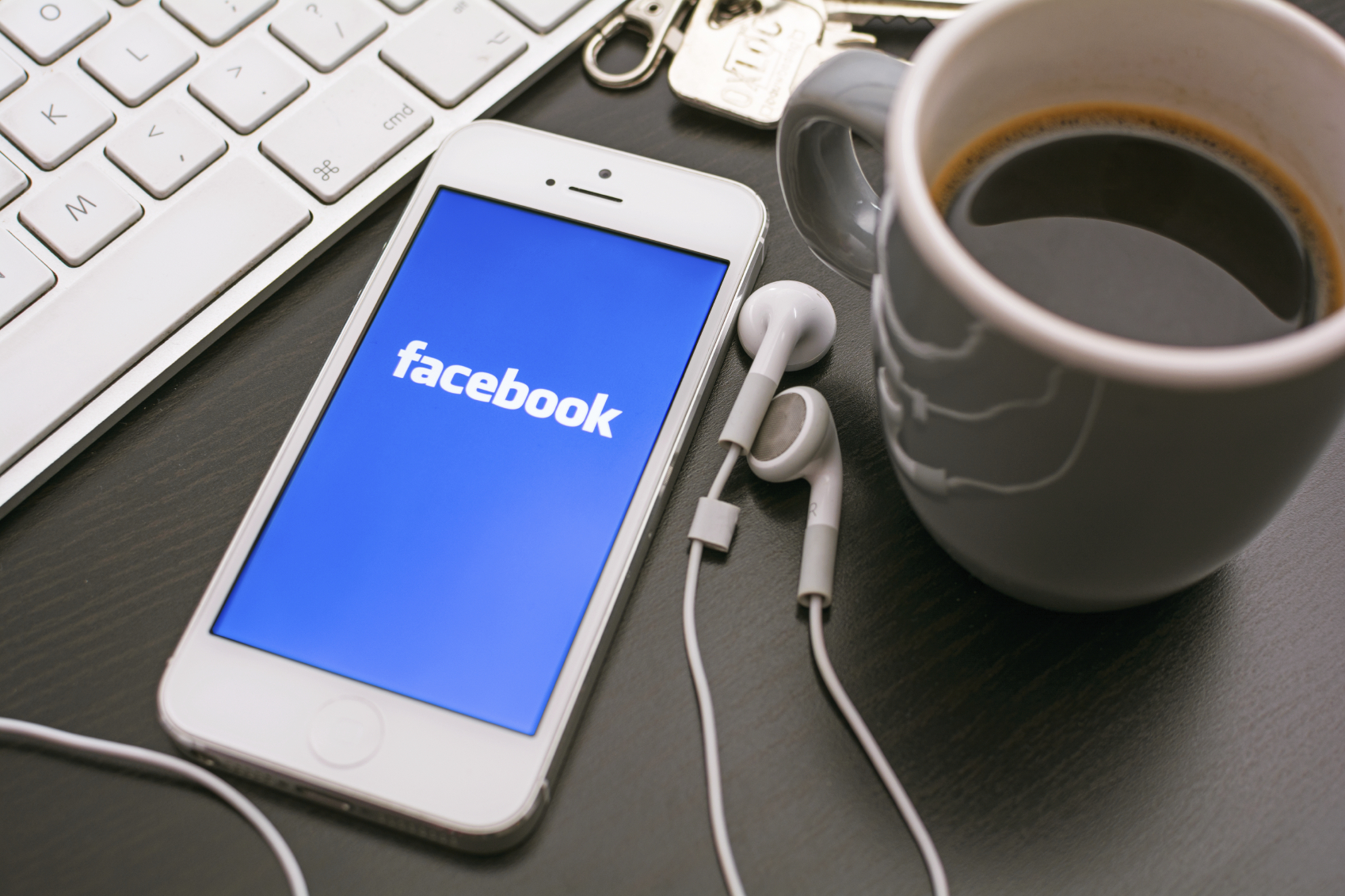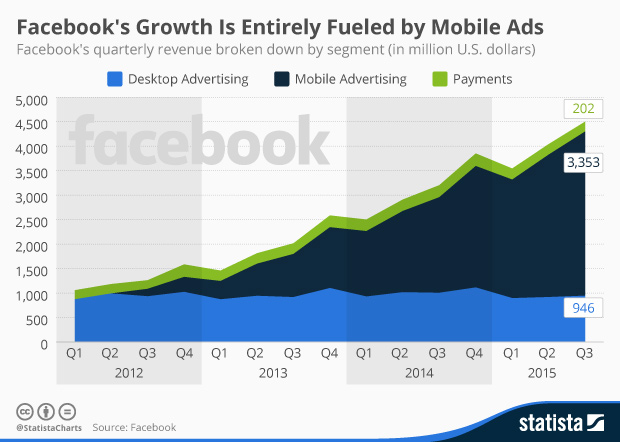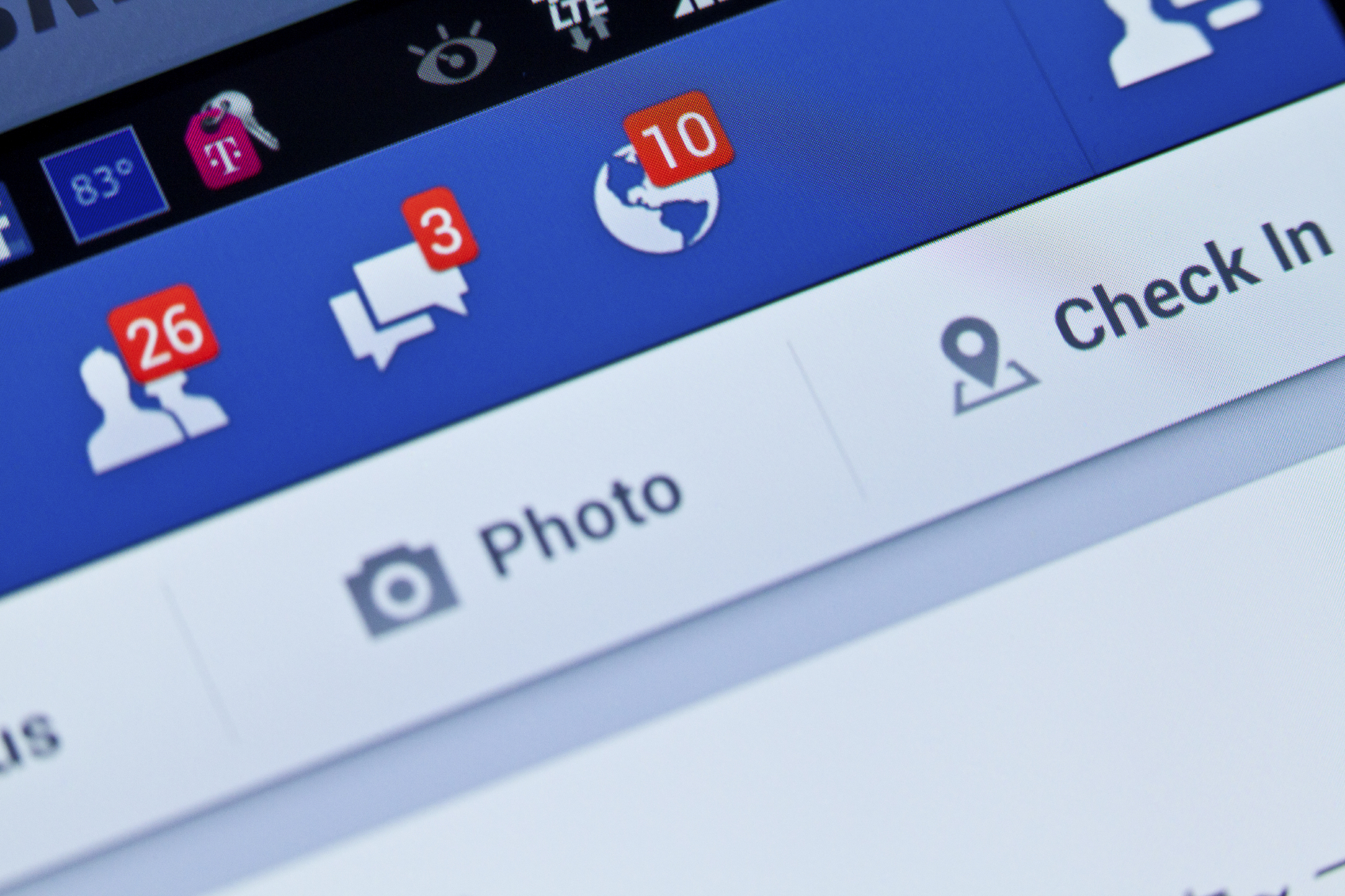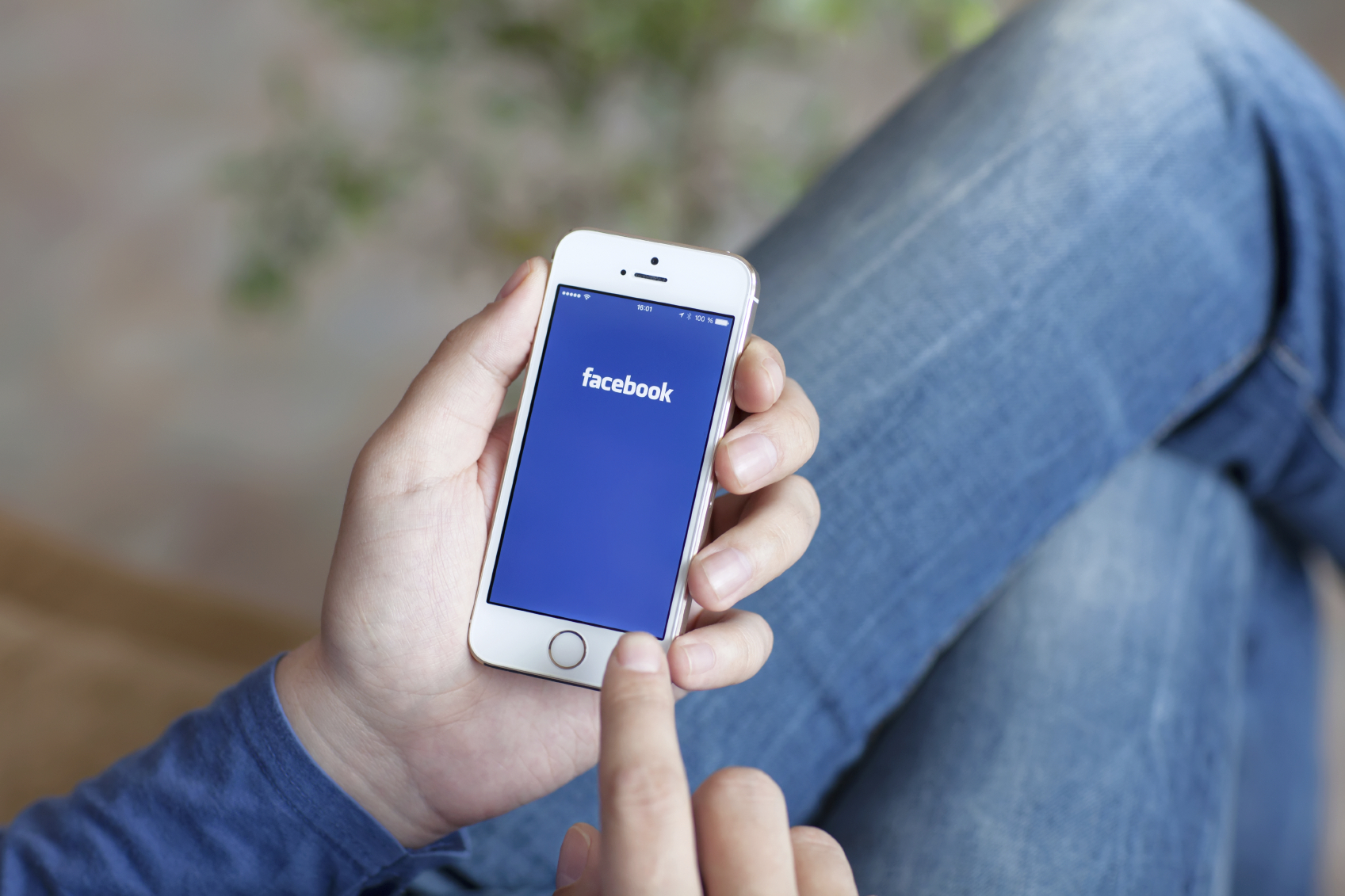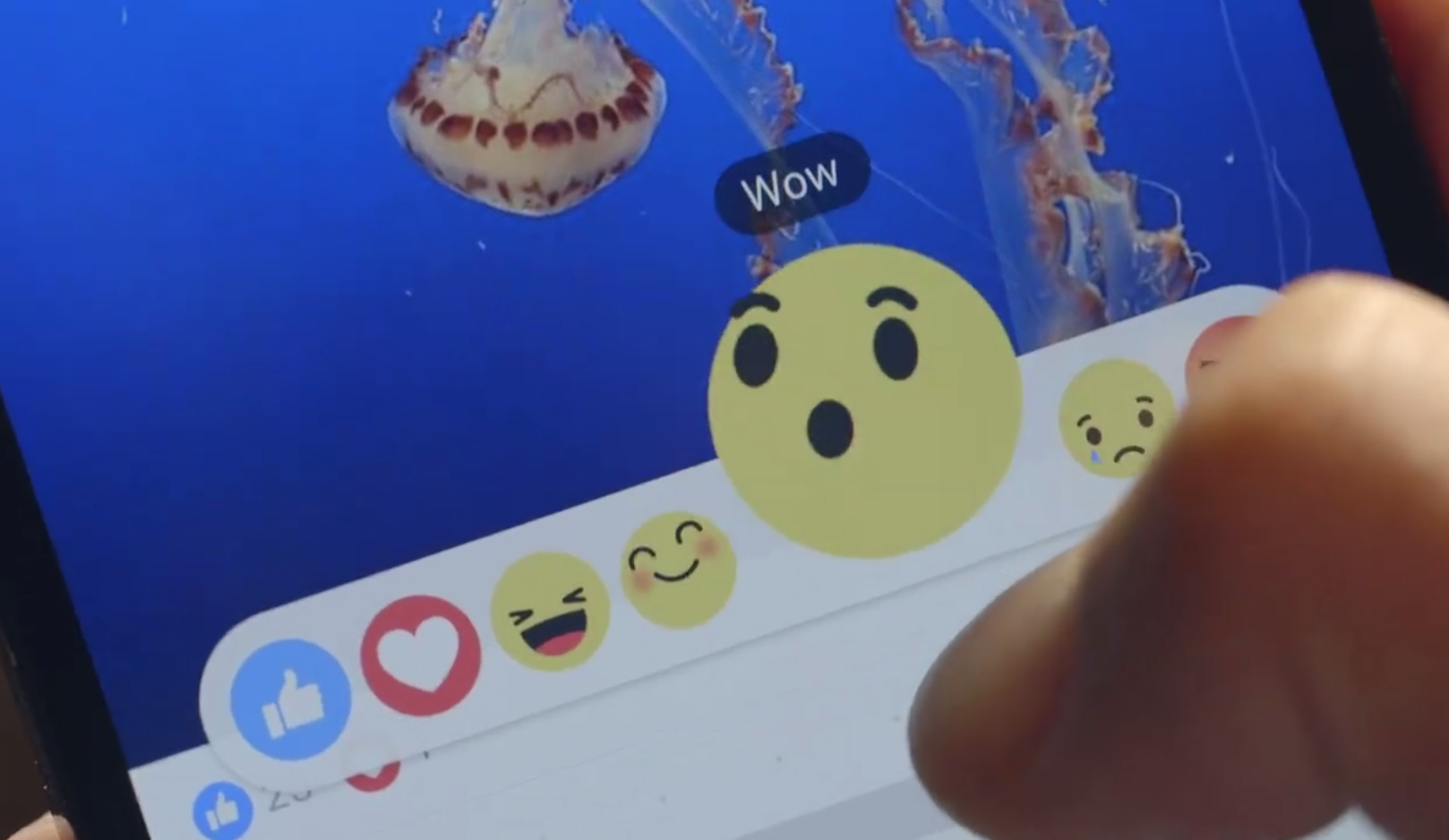What Happened
Facebook’s local ads are about to get more powerful. On Thursday, the social network introduced two ad products that can greatly benefit local businesses. One is a free analytics tool called “Local Insights” that shows SMB owners the foot traffic around their stores, collected anonymously via the Facebook app’s location services. The other is a location-based ad tool that enables brands and multi-location businesses to dynamically change their Local Awareness Ads so that a user would see a slightly different ad copy depending on the store that they’re closest to.
What Brands Need To Do
The foot traffic tracking tool can help businesses better understand the groups of people near their store. By looking into aggregate demographics and local trends, which the “Local Insights” also provides, local businesses can see when their store would likely be busiest and adjust staffing and retail strategies accordingly. The new location-aware dynamic ads allow businesses to select which stores they want to run ads for, making ad targeting more effective. This also means businesses should create multiple Facebook Pages for different stores so that the call-to-action button in those ads can correctly direct users to the designated store’s Page.
Source: AdWeek

